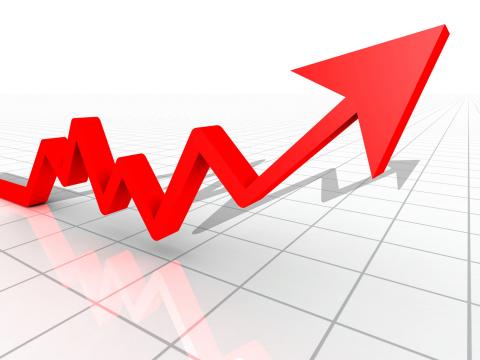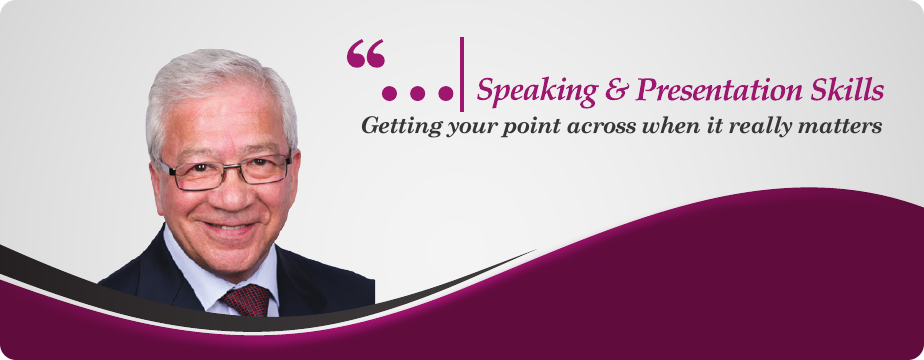
Quantitative Easing: hard cash or paper money?
I was listening to a discussion about Quantitative Easing (QE, QE2 etc.) and one person implied that it was just the Bank of England printing more notes. That didn’t sound right, so I asked a man who knew. This is what he told me:
If the Bank just printed more notes it would be disastrous. That’s what the German Weimar Republic (1918-33) and Zimbabwe (recently) did, and their currency became worthless.
Quantitative Easing means releasing more cash into the economy by buying back assets from such institutions as insurance companies and pension funds. The BoE has bought two types of assets: Government Bonds (known as Gilts) and high quality debts.
Gilts are so called because the original Bond Certificates had gold edges.
When the BoE buys the assets, the money goes into the seller’s bank account, enabling that bank to increase its lending. Equally, the seller may choose to spend that money. Either way more money gets into the economy.
In addition, when the BoE buys those assets, the effect will be to increase their prices, making their owners better off. So they may spend more, further increasing the money in circulation, and encouraging growth.
Such interventions by the central bank are rare, and used only when the economy is stagnant and business confidence needs a boost.



